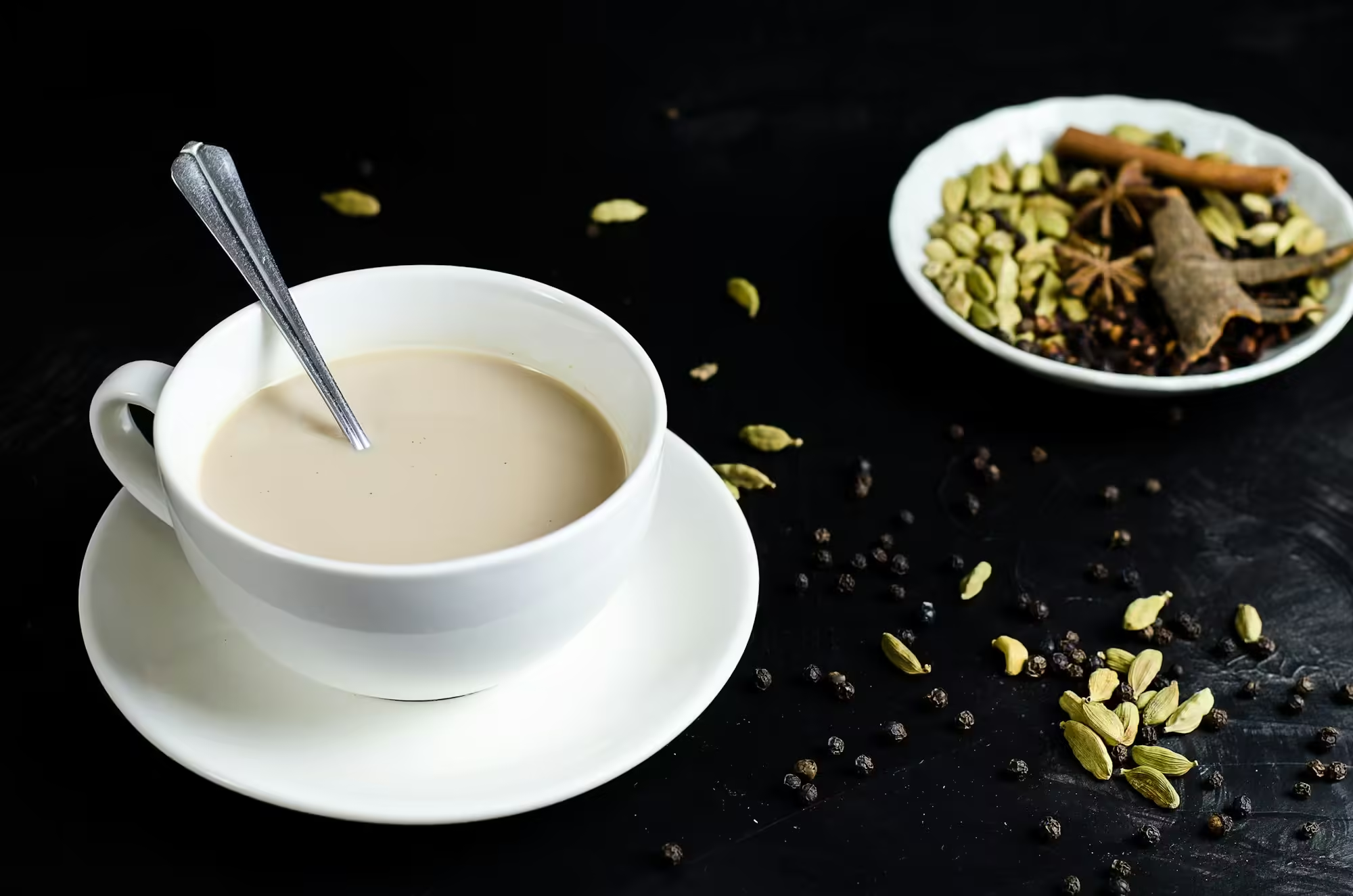
Chai Tea: A Complete Guide : 6 Facts
Chai tea, a beloved beverage with roots in South Asia, has captured hearts worldwide with its aromatic spices and comforting warmth. In this detailed guide, we explore the origins, health […]
 play_arrow
play_arrow
The Ultimate Guide to Tea Brewing Mr. Tea Talk
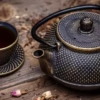 play_arrow
play_arrow
A Comprehensive Review of 3 Must-Have Tea Products on Amazon Mr. Tea Talk
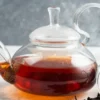 play_arrow
play_arrow
The Ultimate Guide to the Best Tea Essentials on Amazon: Kettles and Teapots You’ll Love Mr. Tea Talk
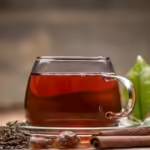 play_arrow
play_arrow
The Best Teapots for Tea Lovers: Silver vs. Borosilicate Glass Mr. Tea Talk

 play_arrow
play_arrow
The Ultimate Guide to Oolong Tea Mr. Tea Talk
Oolong tea, a traditional Chinese tea known for its unique flavor and impressive health benefits, has captivated tea enthusiasts worldwide. This ultimate guide will delve into the intricate details of Oolong tea, including its origins, health advantages, preparation methods, and much more. By the end of this article, you’ll have a thorough understanding of Oolong tea and how to make it a delightful part of your daily routine.
Oolong tea is a semi-oxidized tea, falling between green and black tea in terms of oxidation. This unique tea undergoes a distinct process that combines the qualities of both green and black tea, resulting in a complex flavor profile that can range from floral and fruity to robust and toasty. The degree of oxidation can vary significantly, giving each Oolong tea a unique character.
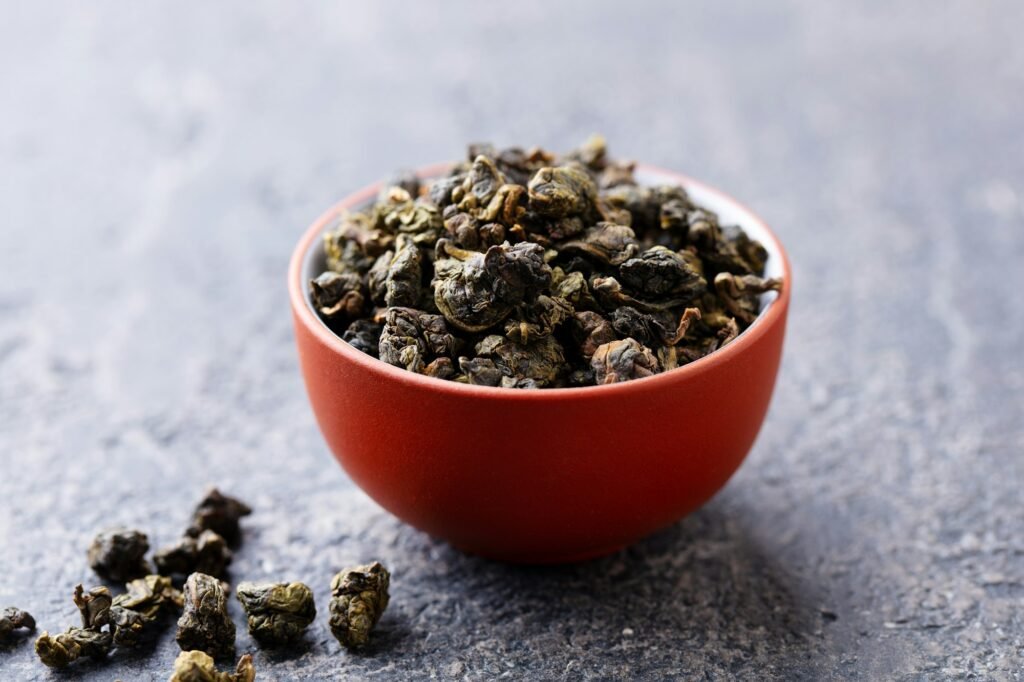
The history of Oolong tea dates back over a thousand years to the Tang Dynasty in China. Initially known as “Wulong” tea, which translates to “black dragon,” Oolong tea was first cultivated in the Fujian province. Over time, the art of Oolong tea production spread to Taiwan, where it flourished and became an integral part of Taiwanese tea culture.
Oolong tea is packed with antioxidants, particularly catechins and theaflavins, which help combat free radicals in the body. These antioxidants play a crucial role in preventing chronic diseases and maintaining overall health.
Studies have shown that Oolong tea can boost metabolism and help the body burn fat more efficiently. Regular consumption of Oolong tea has been linked to reduced body fat and improved weight management.
The antioxidants in Oolong tea are known to improve heart health by reducing cholesterol levels and enhancing blood circulation. Drinking Oolong tea regularly can help lower the risk of heart disease.
Oolong tea contains caffeine, which, when combined with the amino acid L-theanine, can improve mental alertness and concentration. This combination provides a balanced energy boost without the jittery effects associated with coffee.
Oolong tea has been traditionally used to aid digestion and alleviate digestive discomfort. Its natural enzymes can help break down fats and promote healthy digestion.

Preparing Oolong tea is an art that requires attention to detail. Here’s a step-by-step guide to making the perfect cup:
To prepare Oolong tea, you’ll need a teapot, a tea cup, a tea strainer, and, optionally, a gaiwan (a traditional Chinese lidded bowl).
Use about 1-2 teaspoons of Oolong tea leaves per cup of water. The exact amount can vary depending on the specific type of Oolong tea and your taste preference.
Heat water to around 190°F (87°C). Oolong tea requires a slightly cooler temperature than black tea to avoid bitterness.
Place the tea leaves in the teapot or gaiwan and rinse them with hot water for a few seconds. This step helps to awaken the leaves and enhance their flavor.
Pour hot water over the rinsed leaves and let them steep for 1-3 minutes. The steeping time can vary depending on the type of Oolong tea and your taste preference.
Pour the tea into your cup through a strainer to catch the leaves. Enjoy your freshly brewed Oolong tea, savoring its complex flavors and aroma.
Oolong tea comes in various types, each with its own unique flavor profile and characteristics. Here are some popular varieties:
Also known as Iron Goddess of Mercy, this Oolong tea is known for its floral aroma and sweet, creamy taste. It is one of the most famous and highly prized Oolong teas.
Da Hong Pao, or Big Red Robe, is a highly oxidized Oolong tea with a robust, toasty flavor. It is one of the most revered teas in China, often reserved for special occasions.
Originating from Taiwan, Dong Ding Oolong tea has a distinctive sweet, fruity flavor with a hint of floral notes. It is known for its complex taste and rich aroma.
This variety of Oolong tea is grown in the Wuyi Mountains of China. It has a mineral-rich flavor with a roasted, earthy undertone, reflecting the unique terroir of the region.
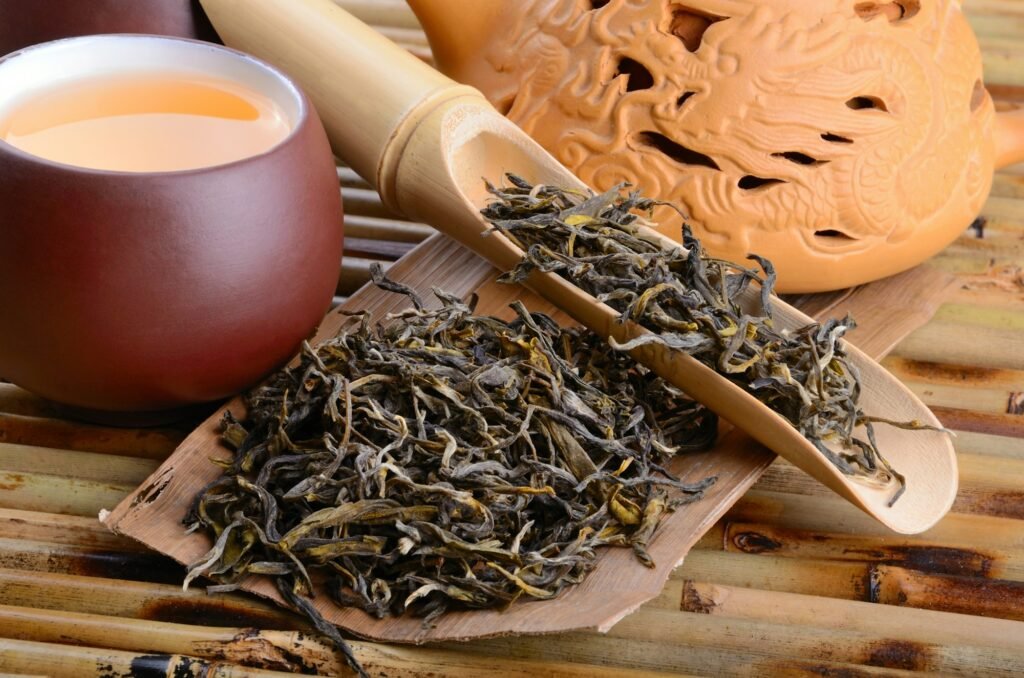
While traditional brewing methods are delightful, there are many creative ways to enjoy Oolong tea:
Brew a strong infusion of Oolong tea and let it cool. Serve over ice with a slice of lemon for a refreshing summer drink.
Combine brewed Oolong tea with steamed milk and a sweetener of your choice for a creamy, comforting tea latte.
Incorporate Oolong tea into your baking by infusing it into cakes, cookies, or custards for a unique flavor twist.
Experiment with Oolong tea in cocktails by infusing it into spirits like gin or vodka, or by using it as a mixer with fresh fruit juices.
Choosing Oolong tea from reputable sources can support sustainable farming practices. Many Oolong tea producers are committed to organic and eco-friendly cultivation methods, which help protect the environment and ensure the quality of the tea.

When purchasing Oolong tea, look for high-quality, loose-leaf options from reputable tea shops or online retailers. Pay attention to the origin, production methods, and reviews to ensure you are getting a genuine product.
Proper storage is crucial to maintain the freshness and quality of Oolong tea. Store it in an airtight container in a cool, dark place, away from light, heat, and moisture.
Oolong tea is a remarkable beverage that offers a unique blend of flavors and numerous health benefits. Whether you are a seasoned tea enthusiast or a curious newcomer, incorporating Oolong tea into your daily routine can be a delightful and healthful experience. By exploring different varieties and preparation methods, you can fully appreciate the depth and complexity of this traditional Chinese tea.
If you are interested about to know more about Tea Categories please refer Types and Varieties of Tea under Article page.
Tagged as: Oolong Tea, Light Oolong, Dark Oolong, Tieguanyin, Formosa Oolong.

Chai tea, a beloved beverage with roots in South Asia, has captured hearts worldwide with its aromatic spices and comforting warmth. In this detailed guide, we explore the origins, health […]
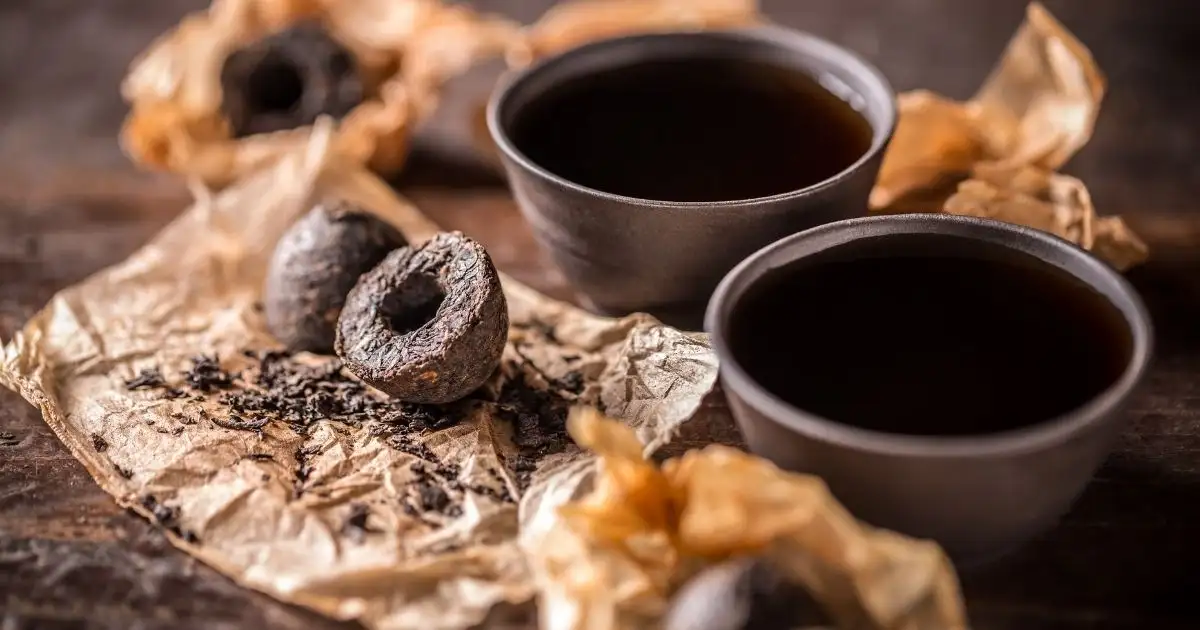
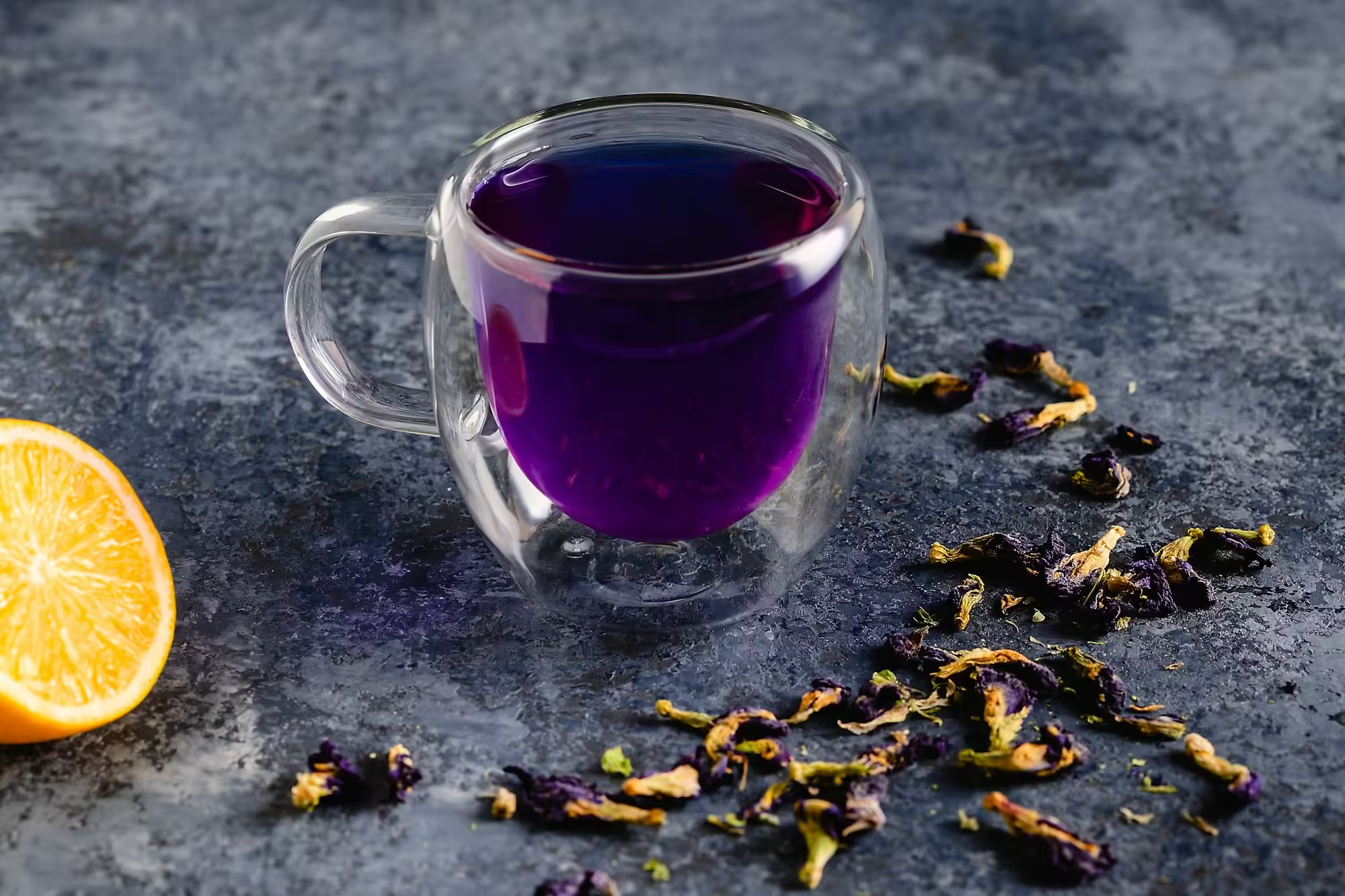
Copyright | Ceylon Wild Tea - All Rights Reserved | 2025
Post comments
This post currently has no comments.